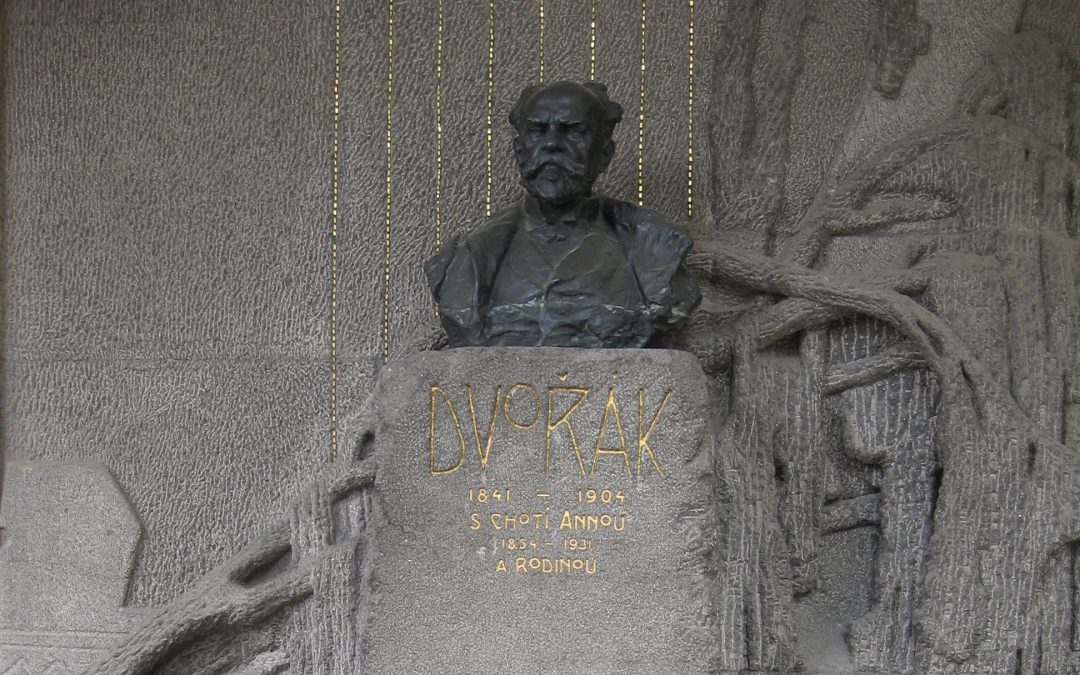Dvořák’s masterful Sixth Symphony is at once a sunny, lyrical work with moments of great subtlety, power and magnificence.
It was written in 1880, only three years after Brahms’ Second Symphony, to which it has certain similarities in choice of keys and orchestration. That being said, this is Dvořák’s first “mature” symphony, written in the “Slavic” style that characterizes his other orchestral and chamber works of that period. The Sixth Symphony was premiered in Prague in 1881 and soon became a staple of the orchestral repertoire.
Dvořák incorporates Czech folk melodies throughout, in particular in the famous “Furiant” third movement, based on a Czech dance. The first movement starts on a serene and sunny note, evoking the Bohemian countryside; a vigorous outburst by the horns and violins leads to majestic restatement of the main theme by the entire orchestra. A lyrical second theme is heralded by the oboe; both themes are thoroughly developed and interwoven throughout the entire orchestra. The second movement is a sweet nocturne, with counter-themes tossed back and forth between strings, winds and brass.
The Furiant is all about energy and syncopation, evoking Dvořák’s iconic Slavonic Dances. After a calm and melodious trio section, the Furiant returns in full force. The last movement starts out innocently enough in the strings, with a playful second triplet-based theme, before its massive development in the winds and brass. A stirring rendition of the main theme in slow motion, featuring the full-throated brass section, heralds the triumphant finale.
Symphony No. 6 in D Major
Op. 60, B. 112
Composed in 1880
By Antonín Dvořák






